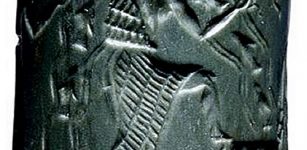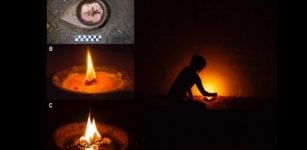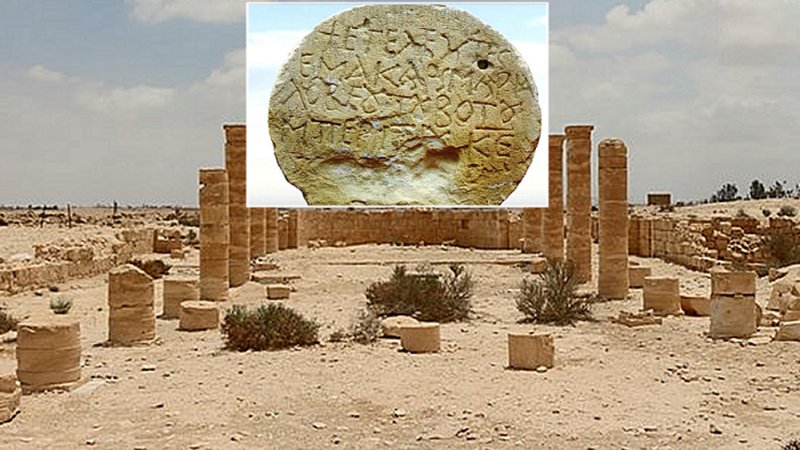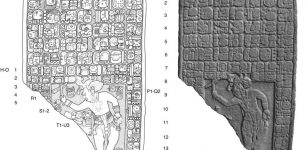Neanderthals Painted Andalusia’s Cueva de Ardales – New Study Confirms Their Cave Art
Conny Waters – MessageToEagle.com – The origin and date of appearance of prehistoric cave art are the subjects of ongoing debate.
Spain’s Cueva de Ardales is one point of discussion. There a flowstone formation is stained red in places. This coloring is apparently almost 65,000 years old but until now, a part of the scientific community attributed it to a natural coating of iron oxide deposited by flowing water.
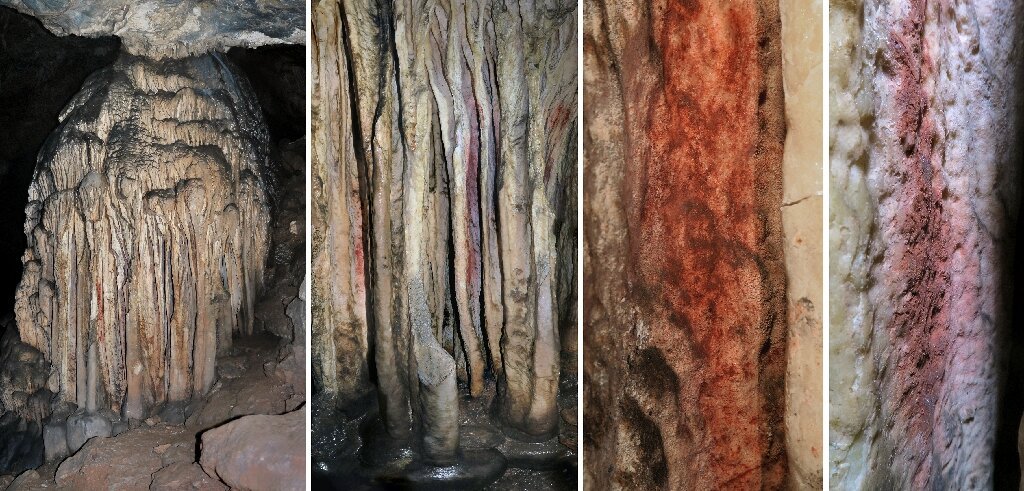 Flowstone formation in the Sala de las Estrellas at Cueva de Ardales (Malaga, Andalusia), with the traces of red pigment analyzed and discussed in the article. © João Zilhão, ICREA
Flowstone formation in the Sala de las Estrellas at Cueva de Ardales (Malaga, Andalusia), with the traces of red pigment analyzed and discussed in the article. © João Zilhão, ICREA
However, that hypothesis has just been rejected by the findings of an international team of scientists including a CNRS researcher.
The team members analyzed samples of red residues collected from the flowstone surface and compared them with iron oxide–rich deposits in the cave.
They concluded that the ochre-based pigment was intentionally applied, i.e. painted—by Neanderthals, as modern humans had yet to make their appearance on the European continent—and that, importantly, it had probably been brought to the cave from an external source.
Furthermore, variations in pigment composition between samples were detected, corresponding to different dates of application, sometimes many thousands of years apart. Thus, it seems that many generations of Neanderthals visited this cave and colored the draperies of the great flowstone formation with red ochre.
This behavior indicates a motivation to return to the cave and symbolically mark the site, and it bears witness to the transmission of a tradition down through the generations.
The scientists’ findings have been published in PNAS on 2 August 2021.
Written by Conny Waters – MessageToEagle.com

